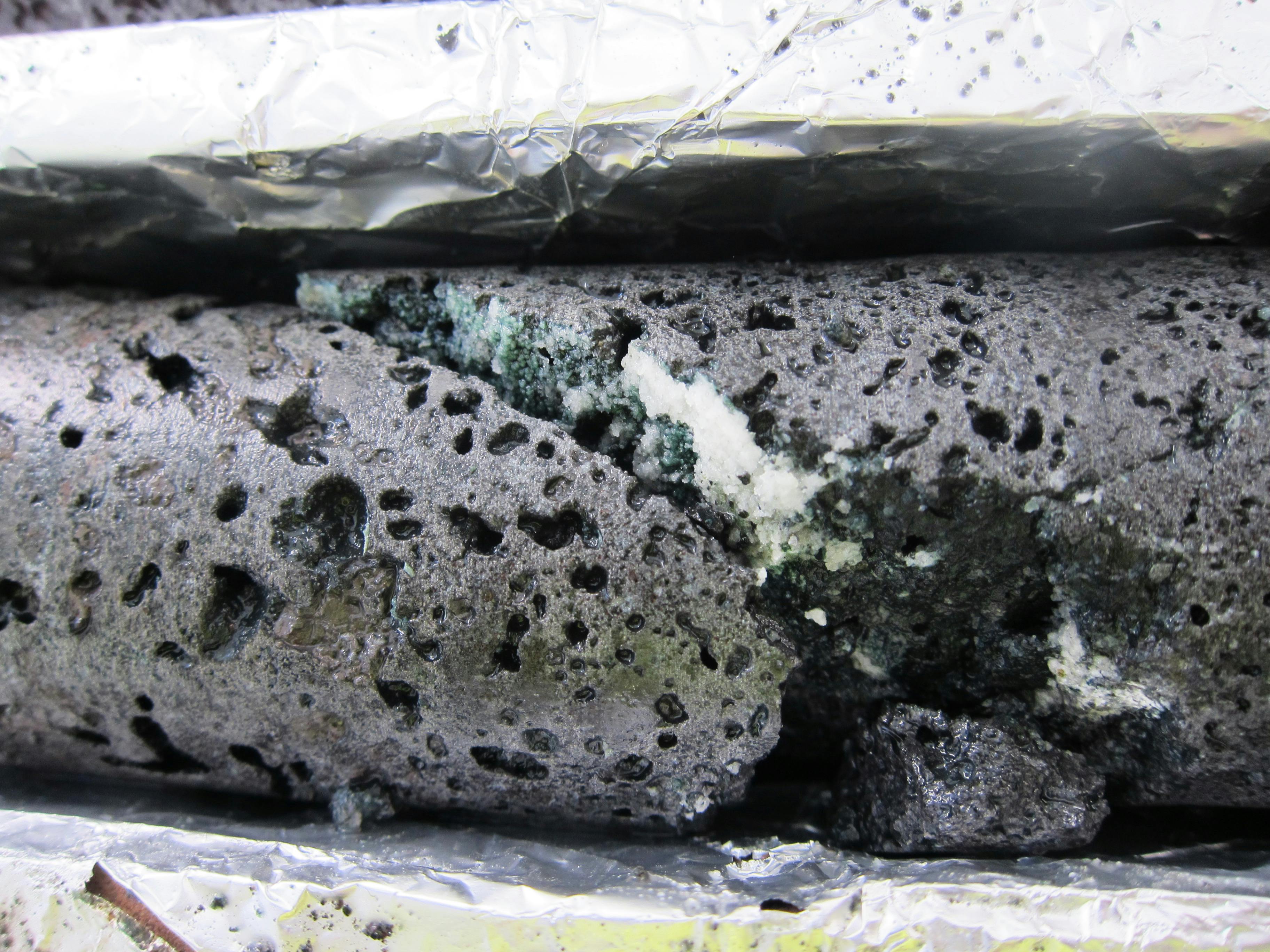How Carbfix and Climeworks work together. Video by Carbfix
Carbon Capture, Utilization and Storage (CCUS)
As global efforts to reduce CO2 emissions increase in order to keep global warming levels beneath 2°C, many approaches must be combined in order to meet this goal. Carbon capture, utilization, and storage (CCUS) is one strategy that is gaining much more attention recently, particularly in Iceland. CCUS will be an essential part of the global toolkit toward a carbon neutral-future.
CCUS is a unique way in that it can remove CO2 emissions directly at the source. A "straight from the stack" approach will be invaluable for industries where, despite progress, emissions are incredibly challenging to remove, such as power plants, manufacturing concrete, and smelting metals. CCUS also seeks to make the most of CO2 "waste" by creating value in other areas in line with the circular economy mindset.
As technologies advance and methods improve, CCUS is becoming more efficient at capturing CO2 and the cost per ton is decreasing fast. CCUS is unique in that it can remove CO2 emissions directly at the source. A "straight from the stack" approach will be invaluable for industries where, despite progress, emissions are incredibly challenging to remove, such as power plants, manufacturing concrete, and smelting metals. CCUS also seeks to make the most of CO2 "waste" by creating value in other areas.
Carbfix
Iceland's most famous CCUS project is Carbfix. The company scrubs the CO2 emissions from the Hellisheidi Geothermal Power Station with water. Carbfix injects the CO2 deep underground for a mineralization process that transforms the gas to rock over two years through proprietary technology that imitates and accelerates natural processes. The Carbfix method is already successfully being used on an industrial scale, with 70,000 tons of carbon dioxide injected since 2015, with plans to scale-up.
The technology worked faster than was expected, successfully binding the CO2 emissions in only two years. This has a great impact on how much CO2 can be captured with the Carbfix method. Although the technology was initially tested at a geothermal power plant, it can capture carbon from any industry that has high-emissions such as coal, gas, cement, and steel.
Carbfix & Climeworks
Recently, Carbfix teamed up with the Swiss company Climeworks in an effort to combine their technologies for the large-scale removal of carbon dioxide directly from the atmosphere. Their cooperation may help establish stable and safe "ports" worldwide for long-term CO2 storage that is close to emitters.
CRI's Emissions-to-Liquids (ETL) technology makes use of carbon emissions
Carbon Recycling International (CRI)
Another interesting project is Carbon Recycling International, or CRI. They produce renewable methanol by capturing carbon emissions and adding hydrogen using their emissions-to-liquids technology at Svartsengi geothermal power plant. This renewable methanol can be used as a fuel, or to make greener chemicals and products. CRI produces methanol for many applications, including its trademarked clean-burning Vulcanol for vehicles.
Algae Production
Indoors algae production is gaining a foothold in Iceland, in an effort to make use of all carbon emissions and other value streams available in Iceland at geothermal power plants. Not far from CRI, the Blue Lagoon captures CO2 from the Svartsengi geothermal power plant to grow unique blue-green algae for its exclusive skincare products line. The waste CO2 gas enhances the blue-green algae's growth rate that is the main ingredient of its popular products. Vaxa - Impact Nutrition also grows microalgae for consumption by fish or people with a carbon negative footprint.
CRI and the Blue Lagoon are turning what was considered "waste" gases from geothermal wells into value-added products while Carbfix and Climeworks are implementing technology to speed up natural geological processes that would take millennia into two years!
